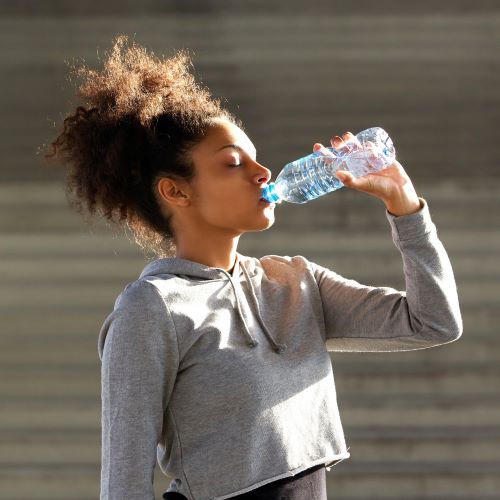
Plastic Water Bottle Pollution: How You Can Help
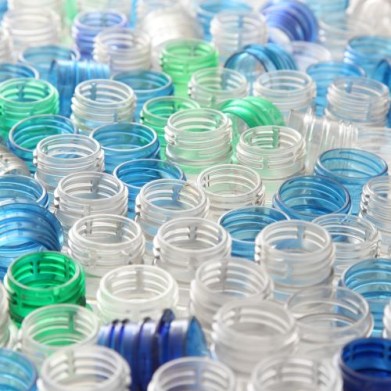
People everywhere use plastic water bottles as a quick, convenient and presumably safe way to carry drinking water on the go. Unfortunately, this is one habit that can have serious consequences for the environment — and it may not even be the safest way to stay hydrated.
Today, we’re taking a closer look at plastic water bottle pollution to find out why it’s happening, what the effects are and how you can make a difference.
Why is Plastic Still a Problem?
Plastic pollution has been part of environmental conversations for years. We’ve all likely seen photos of the Great Pacific Garbage Patch, which is almost 100% microplastics — tiny bits of plastic waste that have broken into smaller pieces instead of degrading.
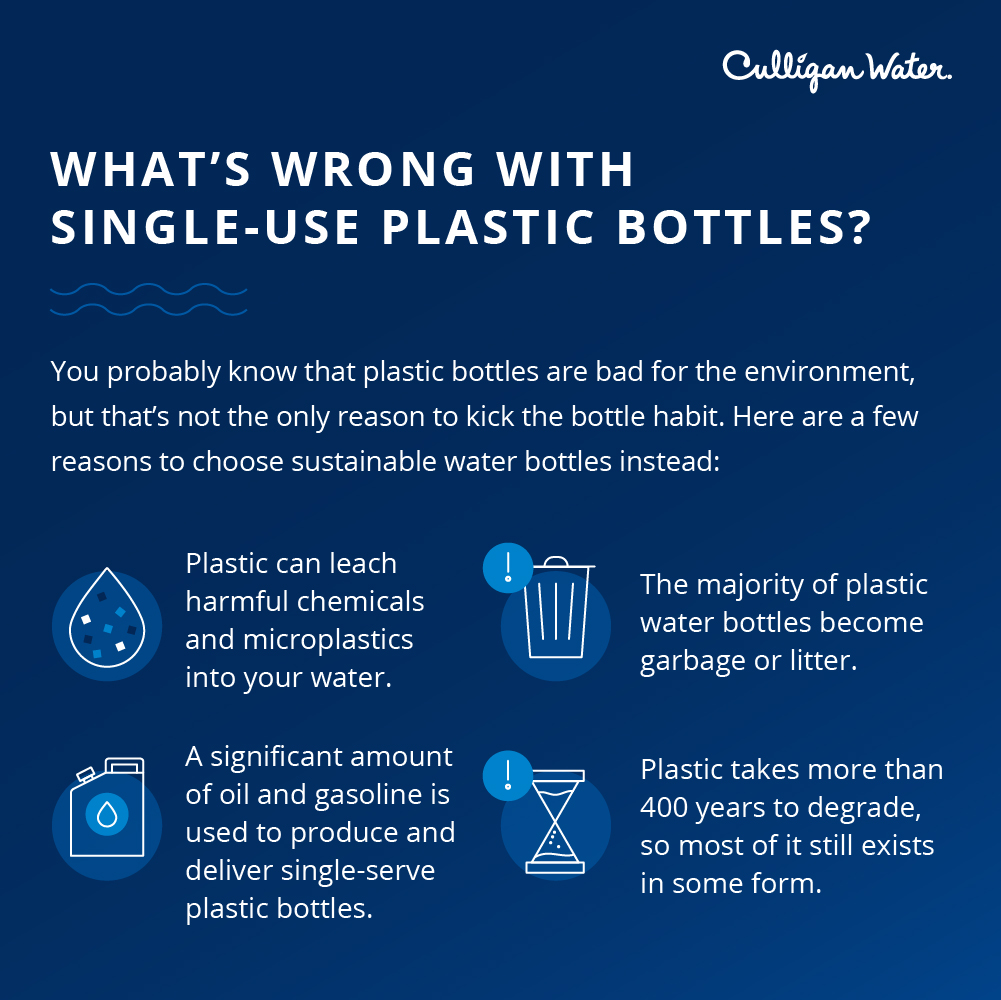 So why does plastic pollution still happen? Why do manufacturers still use plastic for disposable water bottles, drinking straws, cutlery, food containers and other everyday products?
So why does plastic pollution still happen? Why do manufacturers still use plastic for disposable water bottles, drinking straws, cutlery, food containers and other everyday products?
Here are a few facts about plastic utilization and why it’s still so common:
How Long Has Plastic Been in Use?
Somewhat ironically, one of the first uses of plastic was actually intended to help protect the environment. In 1869, John Wesley Hyatt used a plastic material to make billiard balls, reducing the industry’s destructive demand for ivory from the slaughter of wild elephants. This material could also replace certain uses of tortoiseshell and horn, leading advertisers of the time to praise it as a protector of nature.
By 1907, the first fully synthetic plastic had been created by Leo Baekeland. “Bakelite,” as it was called, contained no natural elements and was easy to mass produce. Thanks to this development, the world’s interest in plastic only grew in coming years; for example, U.S. plastic production increased 300% during World War II, and it more than tripled between the 1970s and 1990s. People thought this material would usher in an era of abundance and ease, likely not even considering the consequences.
Is Plastic Inexpensive to Manufacture?
While much has changed since the first plastic materials hit the market, one thing remains constant: Plastic is cheap. Most are made with oil and natural gas, and extracting these natural resources is easier and less expensive than other manufacturing methods (including recycling used plastics).
Plus, many plastic products, like disposable water bottles, are designed to be used only once and then thrown away. That means you have to keep buying new ones — which, in turn, means manufacturers make more money. From this perspective, it’s easier to see why so many products are still made of or packaged in plastic.
Why Is Plastic Attractive to Consumers?
Manufacturers aren’t the only participants in the popularity of plastic, however. Consumers also have a role to play — and from their perspective, other options like glass containers often come with a higher upfront cost. There’s also the element of convenience; after all, a reusable water bottle must be washed and maintained, while a plastic water bottle can be thrown away without any effort.
Plastic Water Bottle Pollution: Just the Facts
Whether you’re a fan of plastic or not, it’s easy to see how this material became such a big part of our lives. Now that it’s here, however, it’s also our responsibility to understand the true cost of plastic: pollution.
You probably know general things about plastic pollution or the impact of using plastic water bottles, but you may not have a sense of what this problem looks like in real life. Here’s a little research to help you visualize this growing concern:
How Much Plastic Do We Make and Use?
Every year, the global population produces more than 400 million tons of plastic waste. Half of all plastic is designed for only one use, including the 1 million plastic bottles purchased every minute and 5 trillion plastic bags used annually across the world.
How Much Plastic Is Recycled?
Although many people think recycling is the answer to plastic waste, the reality is a little less promising. For example, U.S. recycling rates peaked at 9.5% in 2014, which means more than 90% of plastic waste is never recycled. Even the bottles, containers and packaging that do make it into the correct bin might still be sent to the landfill; in fact, much “recycled” plastic isn’t always recycled. That’s because this type of waste isn’t as easy to break down as consumers have been led to believe, which means it’s likely better to “reduce” than it is to “reuse and recycle.”
How Long Does Plastic Last?
One of the reasons plastic was so popular in the first place was its longevity. Unfortunately, this leads to a plastic pollution problem that can easily outlive the people who create it.
Disposable water bottles have one of the longest life-cycles of any plastic, taking more than 400 years to decompose. Other plastic decomposition rates are equally unsettling, with items like plastic toothbrushes staying in landfills for 500 years.
Can Plastic Hurt Plants and Animals?
Although marine animals are most often the face of anti-plastic campaigns, plastic pollution has contaminated all major ecosystems in the world — which means living things of many kinds can be hurt by this waste.
For example, animals can easily get their heads stuck in 6-pack plastic rings used as packaging for soda cans. The cap from bottled water can be swallowed, leading to choking and intestinal blockages; meanwhile, other parts of the plastic bottle or container can break down and end up in an animal’s diet, which can cause infections and nutritional or developmental issues.
Plants, too, could be in danger from plastic pollution. Researchers have hypothesized that plastic could lead to many negative effects on plant life, including dry soil (which can impact plant growth), contaminant absorption and more. Plus, some reports suggest that terrestrial plastic pollution could be between four and 23 times higher than marine pollution, depending on the area — which means the impact of plastic on plant life is an increasingly relevant issue.
How to Reduce Plastic Water Bottle Pollution
Plastic pollution can seem like an insurmountable challenge, especially when plastic water bottles can play such an important role in hydration. The good news is that there are ways you can take action and help protect the environment and your wallet at the same time.
That’s right: Single-use bottled water isn’t just bad for nature — it’s also a problem for your budget. Buying disposable water bottles and throwing them away after just one use can quickly become expensive. Worse yet, you can’t always guarantee bottled water quality (one recent study found that 93% of tested bottled water types showed some sign of microplastic contamination). That means you could be paying for something that isn’t perfect for your health or the environment’s.
From this perspective, the best way to reduce plastic water bottle pollution is to say goodbye to plastic bottles themselves. For many people, the best first step in this process is choosing a drinking water filtration system — that way, you can trust your home’s tap water instead of reaching for bottled water every time you need a drink. Offering an unlimited supply of filtered water, this option is convenient and affordable. Some of these systems, like Culligan’s Aquasential® Smart Reverse Osmosis System, also can connect to an app that lets you track your water consumption and how many plastic bottles you’re saving.
While you’re cutting back on disposable water bottles, here are a few more ways to live more sustainably and help reduce plastic pollution:
- Choose sustainable water bottles: Once your home’s water quality is improved, you’ll probably want to take tap water everywhere. A reusable water bottle made of glass or stainless steel can help you stay hydrated on the go.
- Get better about recycling: Recycling might not be the answer to plastic pollution, but it’s better than nothing. Learn which plastics can be recycled and which can’t; that way, you’ll reduce the chances of your water bottle ending up in a landfill for 400+ years.
- Participate in a town or beach cleanup: Gather your friends, family or community to clean up plastic in your local area. This helps raise awareness about pollution problems and helps people play an active role in protecting the environment.
- Consider bottleless drinking water dispensers: You don’t have to limit your plastic waste solutions to home tap water filtration. Make an even bigger impact by considering bottleless dispensers at work, helping coworkers join you in saying goodbye to bottled water.
Do Your Part: Cut Out Plastic Water Bottles
Plastic pollution is an issue that will likely outlive all of us, but that doesn’t mean you can’t start making a difference right now. One of the easiest things you can do — and maybe even the best — is to put down that plastic water bottle. Instead, try a drinking water filtration system that will make your tap water cleaner and better-tasting — that way, you can say goodbye to plastic.
If you’re ready to do your part for the environment and your wallet, the first step is to learn more about your home’s water quality. Start today by scheduling your free water test and consultation.
Related Articles
Can You Reuse Water Bottles?
7 min read
Ask Culligan: BPA Water Bottle Meaning
7 min read
Find A Location Near Me
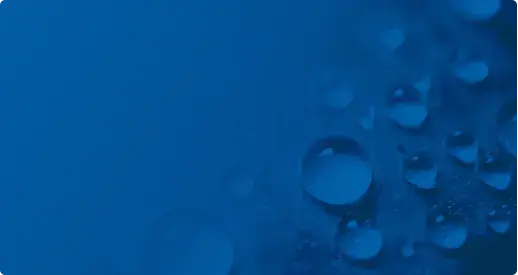
Schedule Your Free
In-Home Water Test
Get better water in your home by scheduling an appointment with your local Culligan Water Expert.
Discover More
See All Articles

How Many Plastic Bottles Are Used Each Day? (And How You Can Help)
Did you know that over 1 million plastic bottles are sold globally every minute? Of course, there’s always more to the story. It’s difficult to determine exactly how many plastic […]
6 min read

Explore

Explore
Our Products
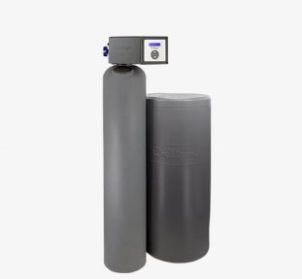
Water Softeners
With any of our soft water systems, get more out of your water-using appliances while spending less on energy and detergent.
View Products
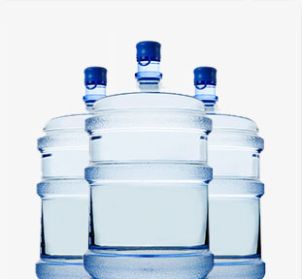
Water Delivery
There’s never been a better time to enjoy the convenience of scheduled bottled water deliveries from the Culligan® Water Experts
View Products
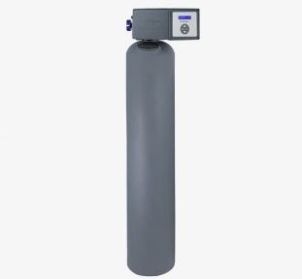
Water Filtration Systems
Culligan's water filtration systems have improved water quality for thousands of families worldwide.
View Products
